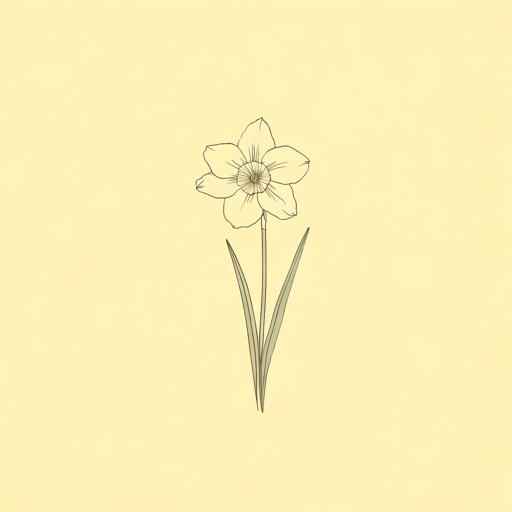19 pages • 38 minutes read
William WordsworthDaffodils
Nonfiction | Poem | Middle Grade | Published in 1973A modern alternative to SparkNotes and CliffsNotes, SuperSummary offers high-quality Study Guides with detailed chapter summaries and analysis of major themes, characters, and more.
Symbols & Motifs
Stars and Infinity
William Wordsworth revised “Daffodils” in 1815, adding the important second stanza. This stanza adds a quality of vastness to the daffodils, building on the first stanza’s use of descriptions like “crowd” (Line 3) and “host” (Line 4). The daffodils, the speaker notes, are as “continuous as the stars that shine / And twinkle in the milky way” (Lines 7-8). This image suggests that the daffodils exist far beyond where the eye can see, and are layered into space. In Grasmere, their existence on the shore of the bay is finite, but the speaker’s comparisons suggest they are symbolically far more epic, confirmed in the enumeration of “ten thousand” (Line 11) daffodils reaching in a “never-ending line” (Line 9). Further, the image of swaths of flowers compared with stars parallels the key image of the last stanza, the moment when the daffodils “flash upon the inward eye” (Line 21). The idea of the six-pointed petals of the daffodil blooming against the dark space of the imagination is made clearer by the parallel of the bright twinkling stars in the night sky. Wordsworth’s second stanza also enhances the idea that the daffodils can be recollected continuously.
Related Titles
By William Wordsworth

A Complaint
William Wordsworth

A Slumber Did My Spirit Seal
William Wordsworth

Composed upon Westminster Bridge, September 3, 1802
William Wordsworth

I Wandered Lonely as a Cloud
William Wordsworth
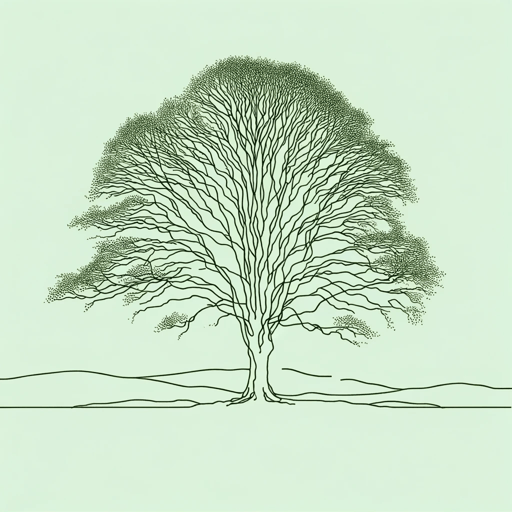
Lines Composed a Few Miles above Tintern Abbey ...
William Wordsworth

London, 1802
William Wordsworth

Lyrical Ballads
William Wordsworth

My Heart Leaps Up
William Wordsworth

Ode: Intimations of Immortality from Recollections of Early Childhood
William Wordsworth

Preface to Lyrical Ballads
William Wordsworth

She Dwelt Among The Untrodden Ways
William Wordsworth
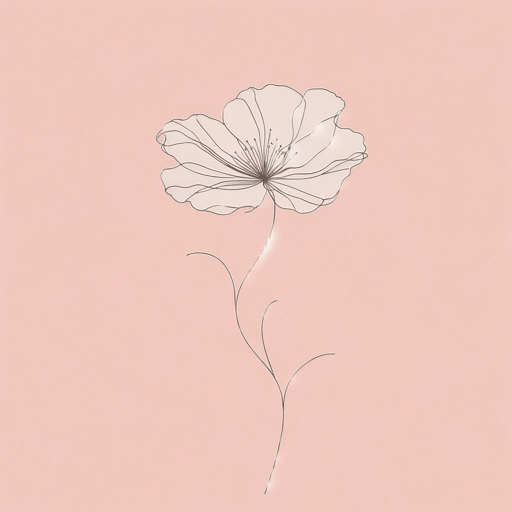
She Was a Phantom of Delight
William Wordsworth

The Prelude
William Wordsworth
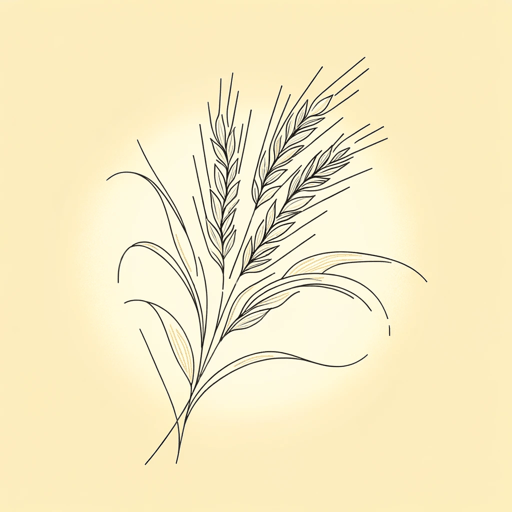
The Solitary Reaper
William Wordsworth

The World Is Too Much with Us
William Wordsworth
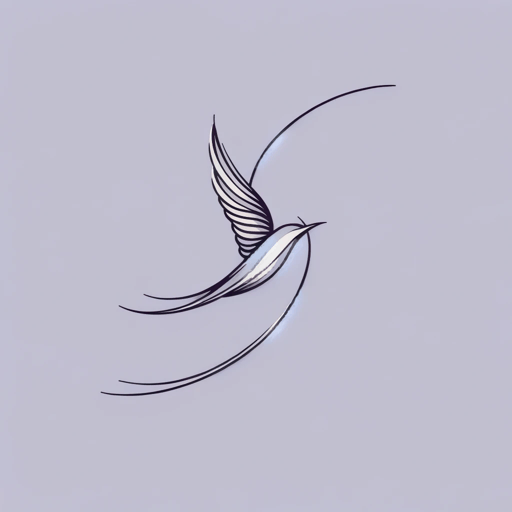
To the Skylark
William Wordsworth

We Are Seven
William Wordsworth
